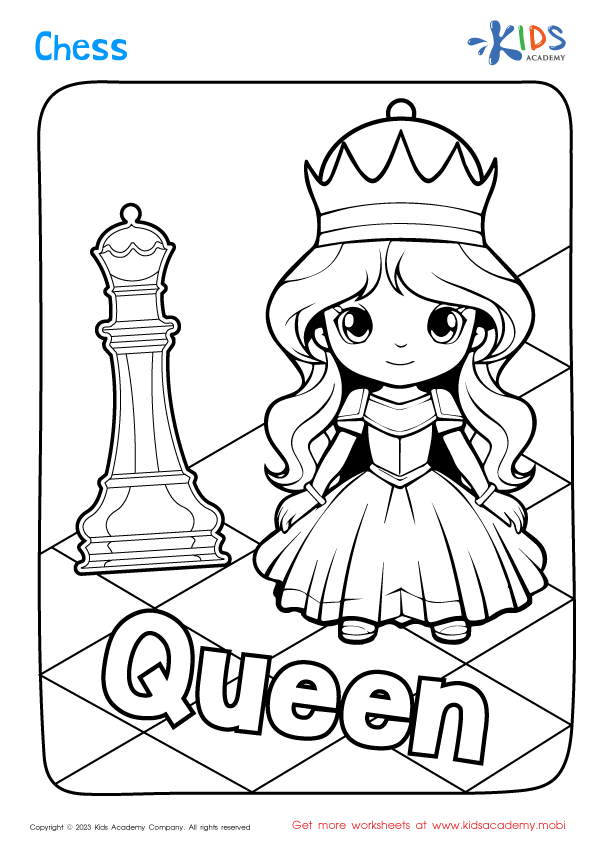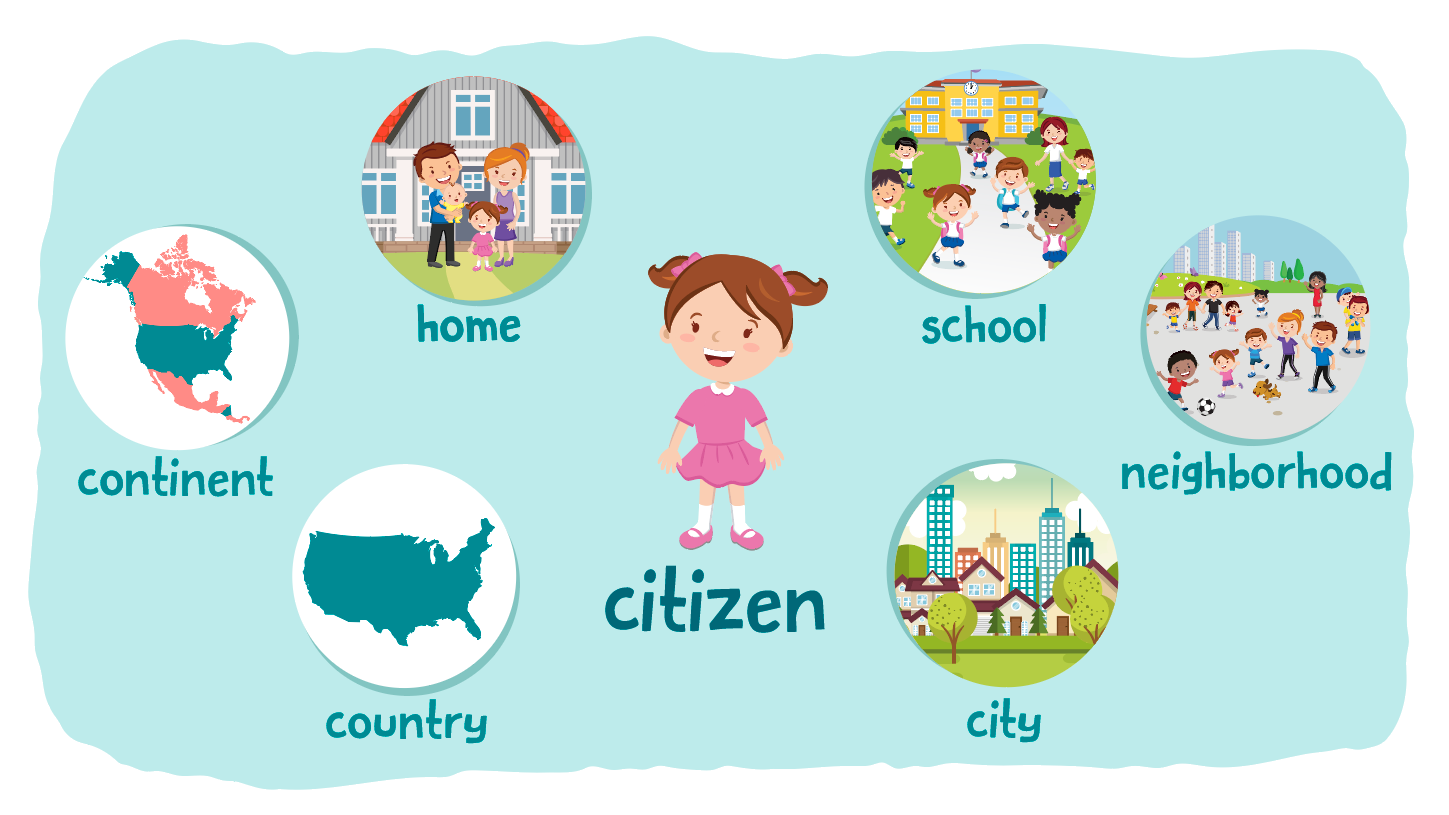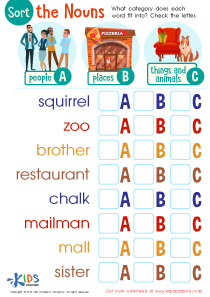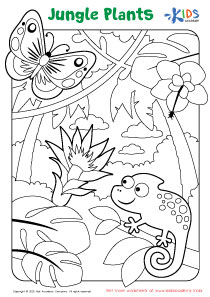Color recognition Easy Grade 3 Worksheets
22 filtered results
-
From - To
Boost your child's color recognition skills with our Easy Grade 3 Color Recognition Worksheets from Kids Academy. These engaging printable worksheets are designed to enhance learning and understanding of colors in third graders. Through a variety of fun activities and exercises, children will reinforce their knowledge of basic and advanced colors while also improving their cognitive abilities. Perfect for both classroom use and at-home practice, our worksheets make learning colors an enjoyable experience. Download now to give your third grader a colorful educational boost with Kids Academy's expertly crafted color recognition resources!
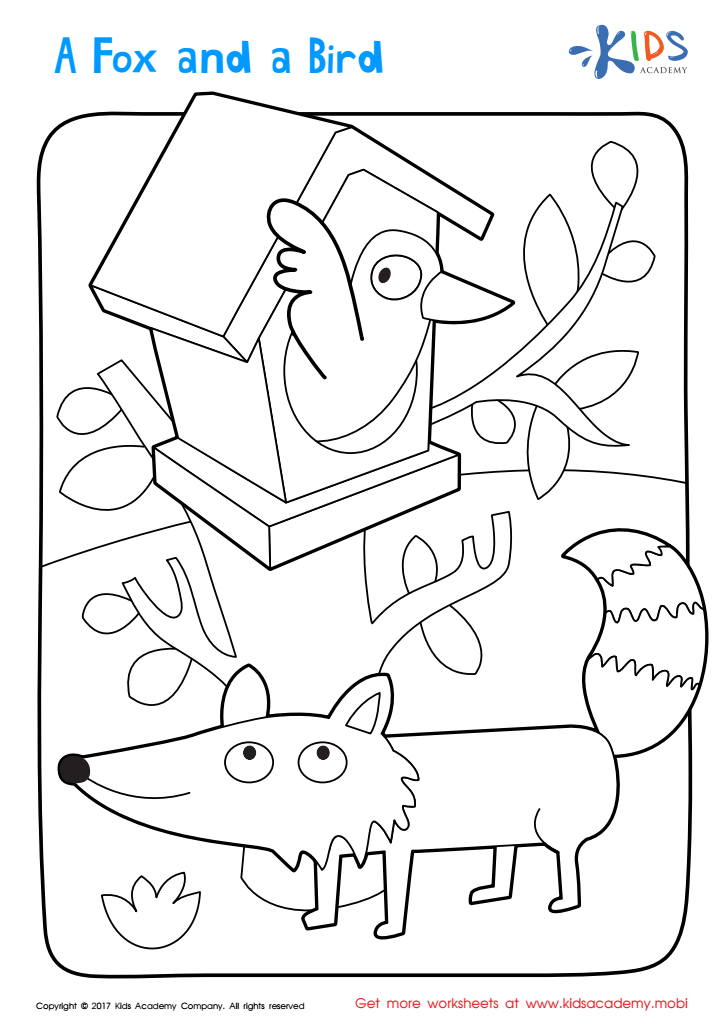

A Fox and Bird Coloring Page


Red and Blue Coloring Fun Worksheet


Yellow and Green Coloring Fun Worksheet
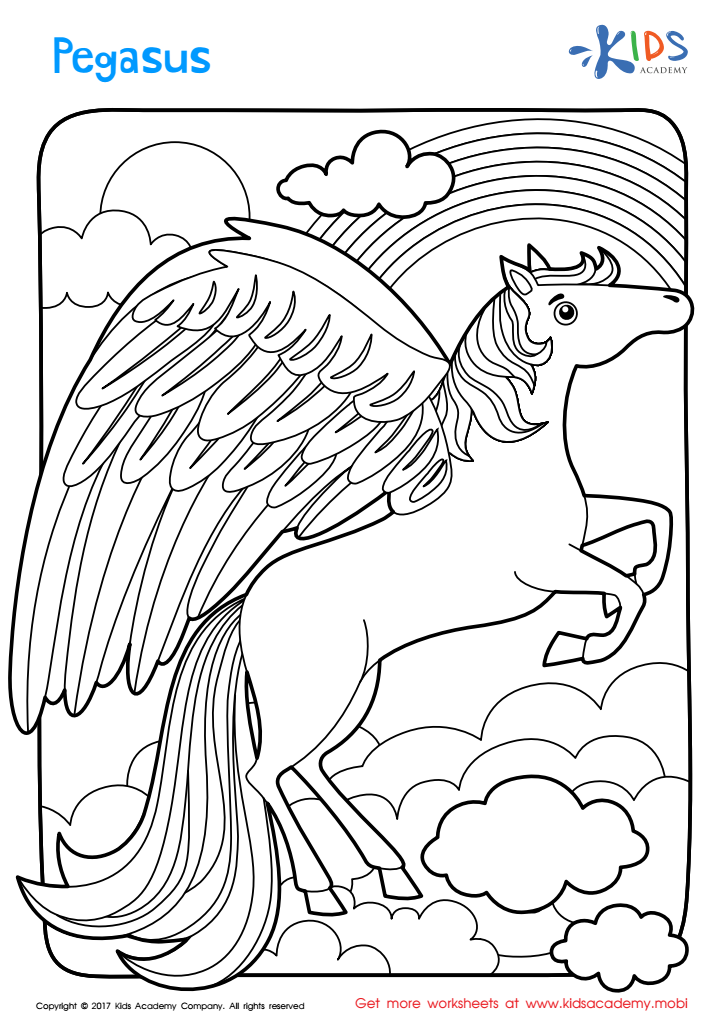

Pegasus Printable
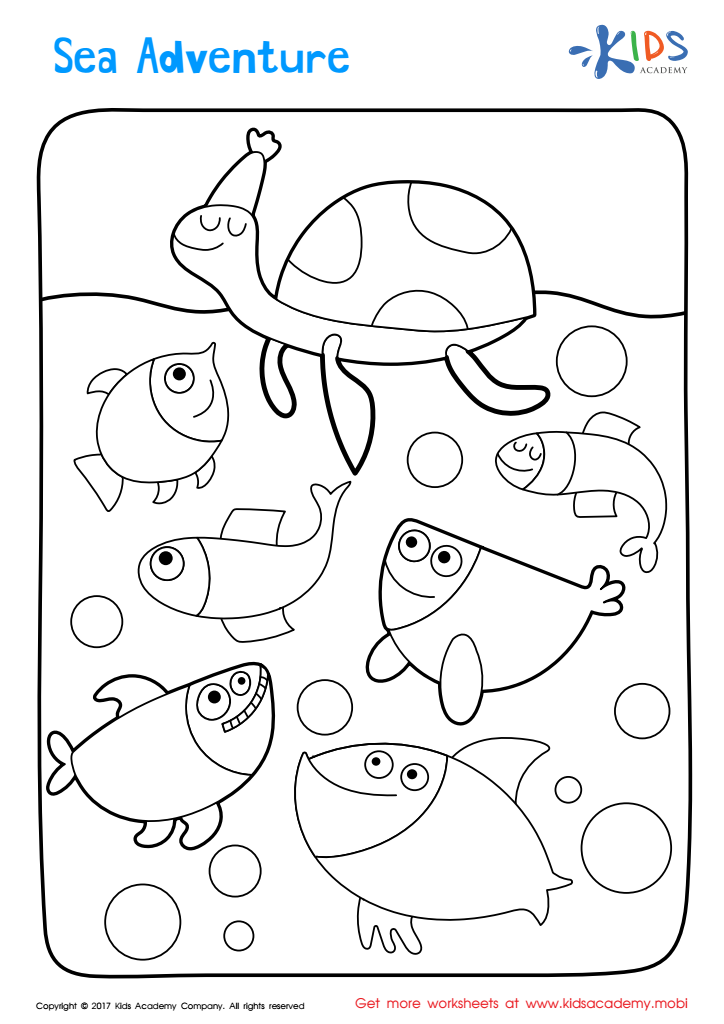

Sea Adventure Coloring Page
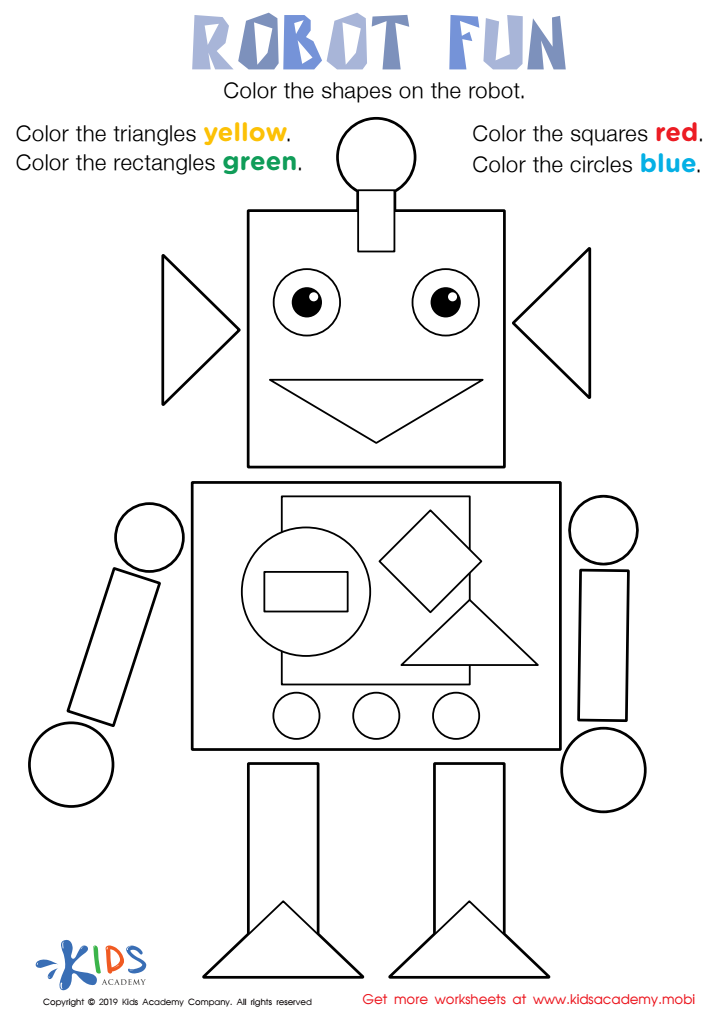

Robot Fun Worksheet
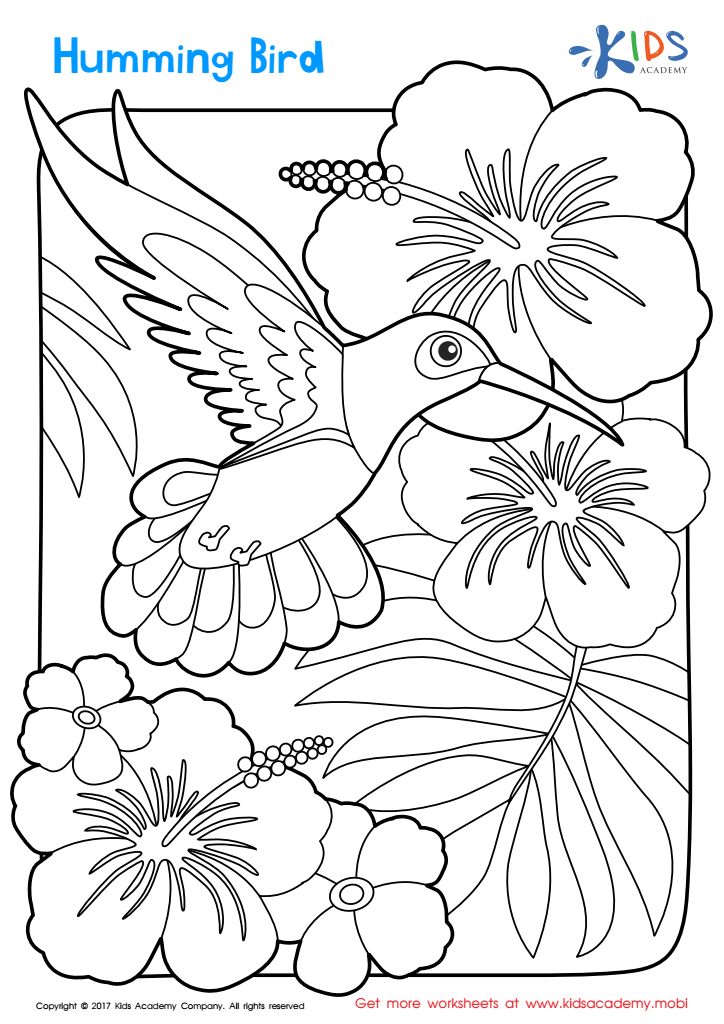

Humming Bird Worksheet
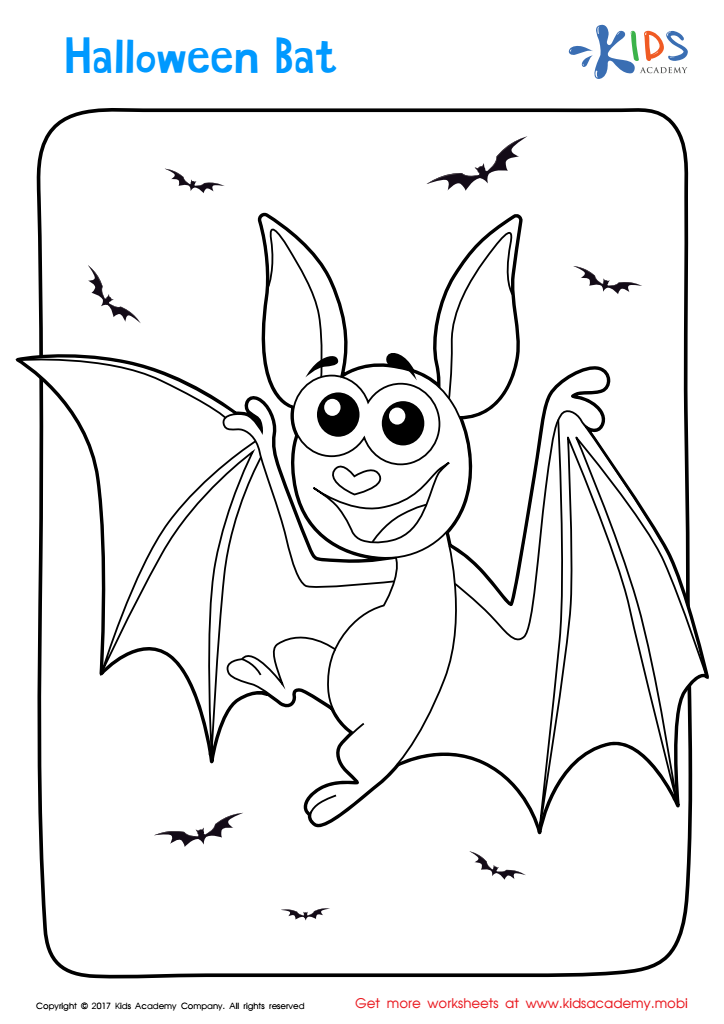

Halloween: A Bat Printable
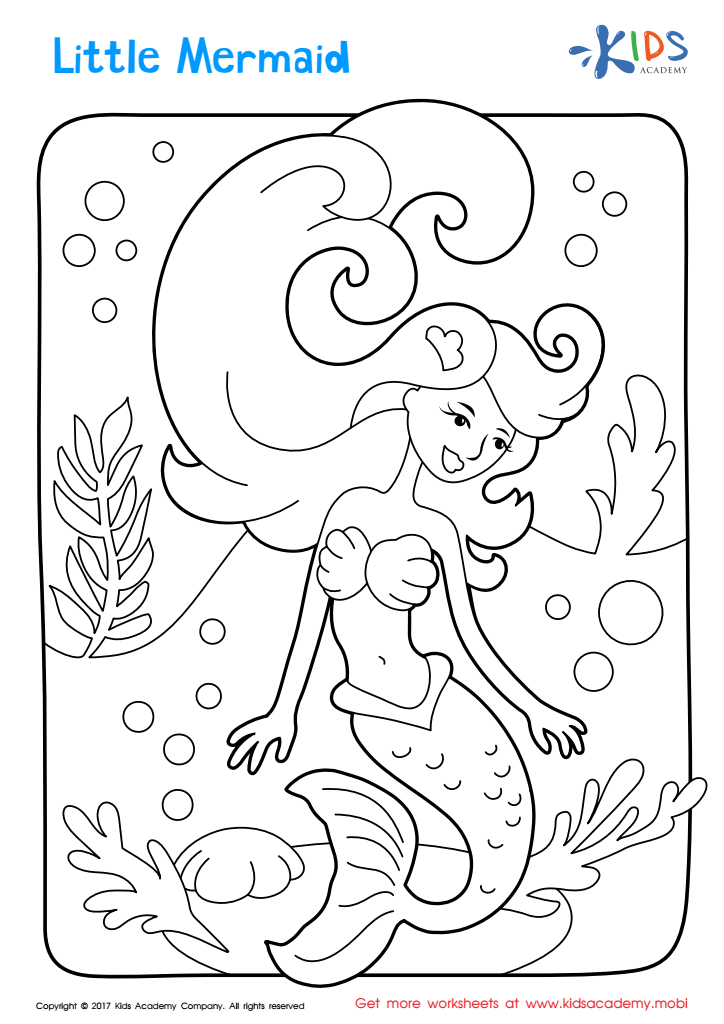

Little Mermaid Coloring Page


Purple and Orange Coloring Fun Worksheet
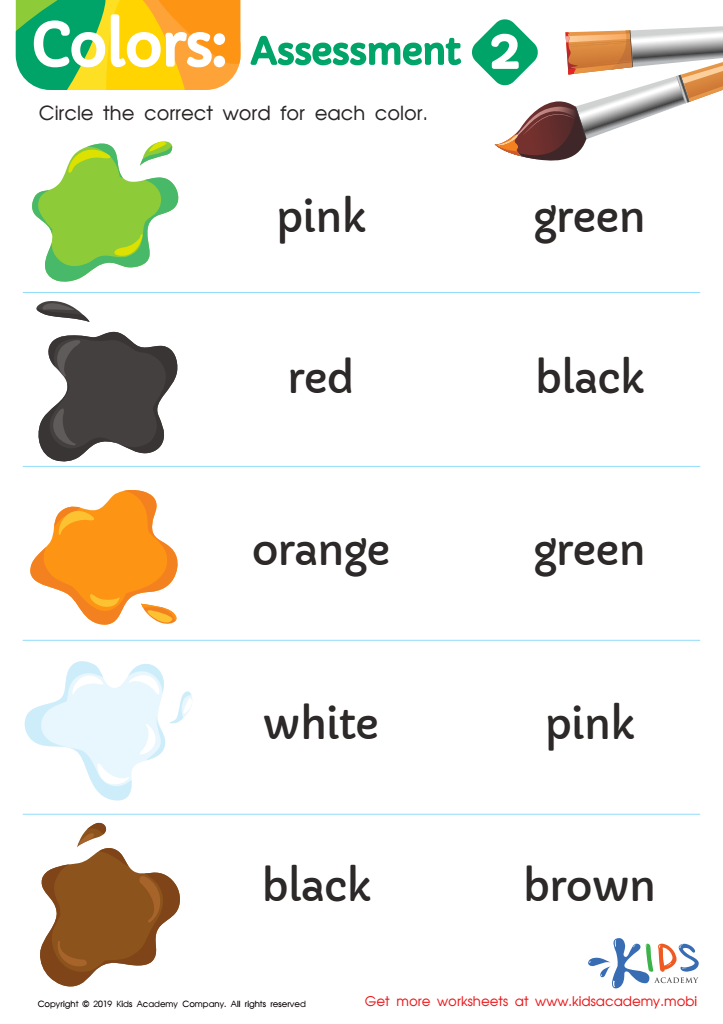

Colors: Assessment 2 Worksheet


Colors: Assessment 1 Worksheet
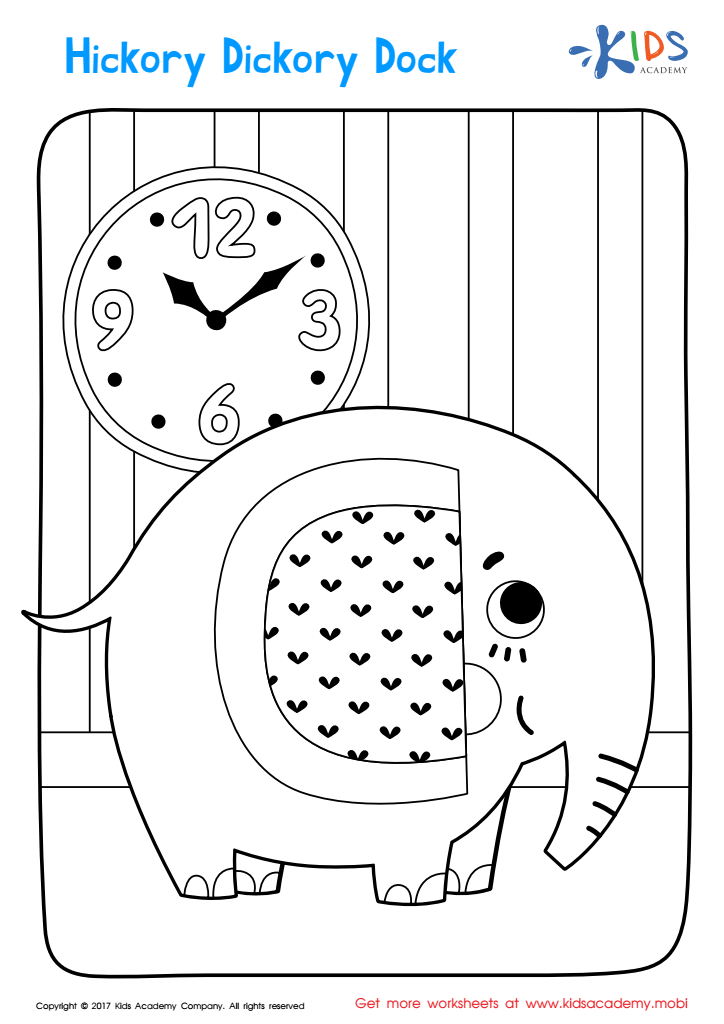

Hickory Dickory Dock Coloring Page
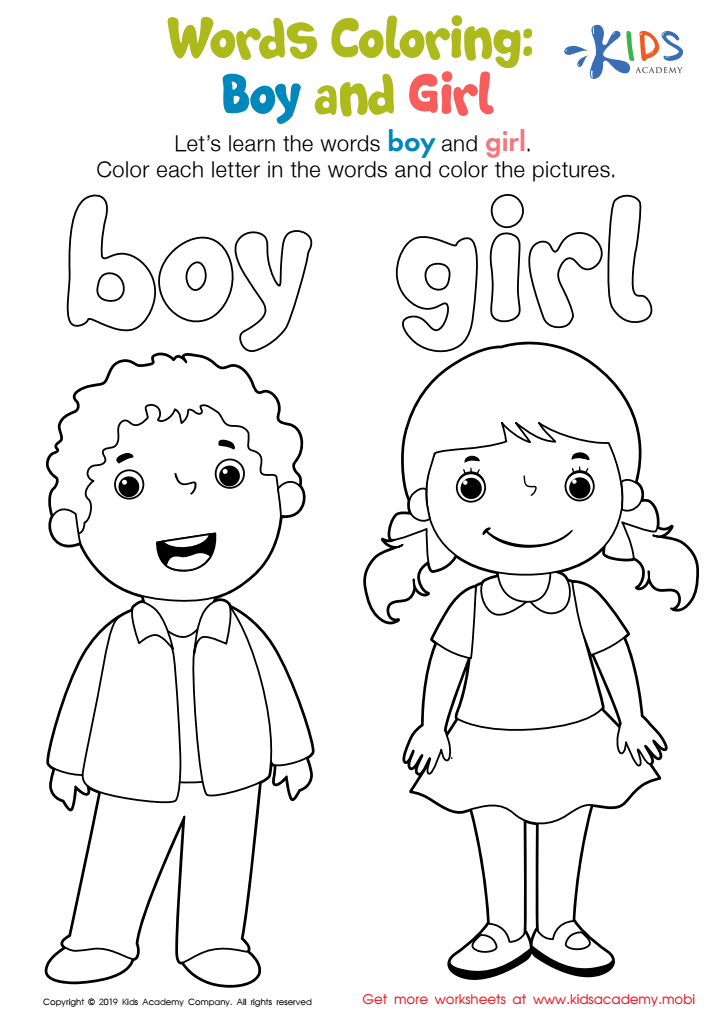

Boy and Girl Words Coloring Worksheet
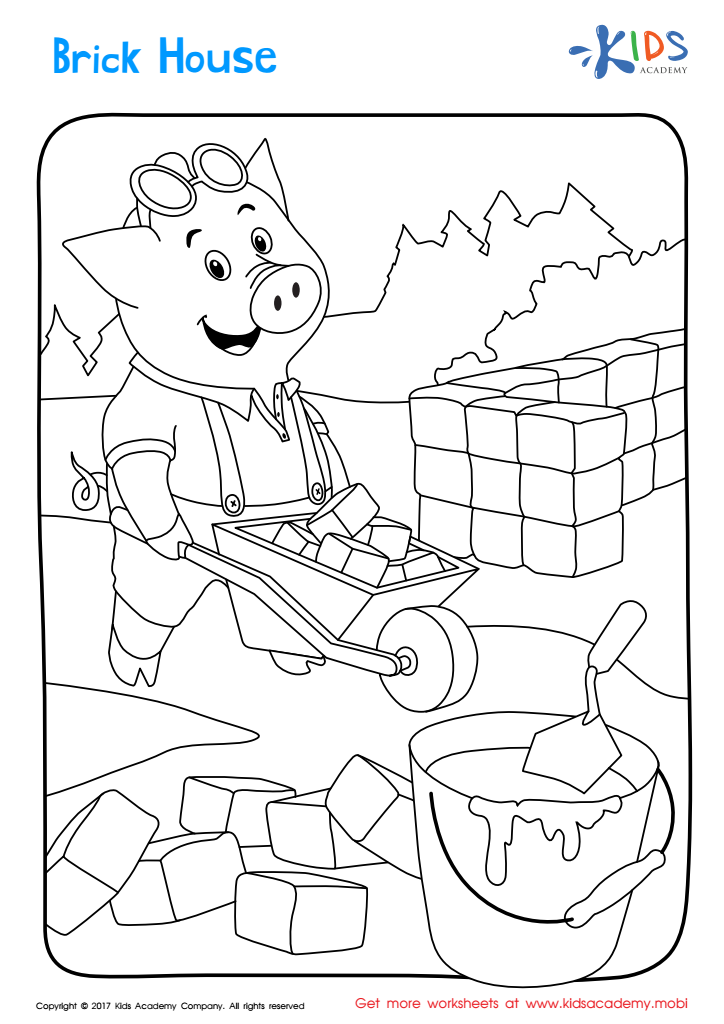

Brick House Printable Coloring Page


Tired and Worried Words Coloring Worksheet
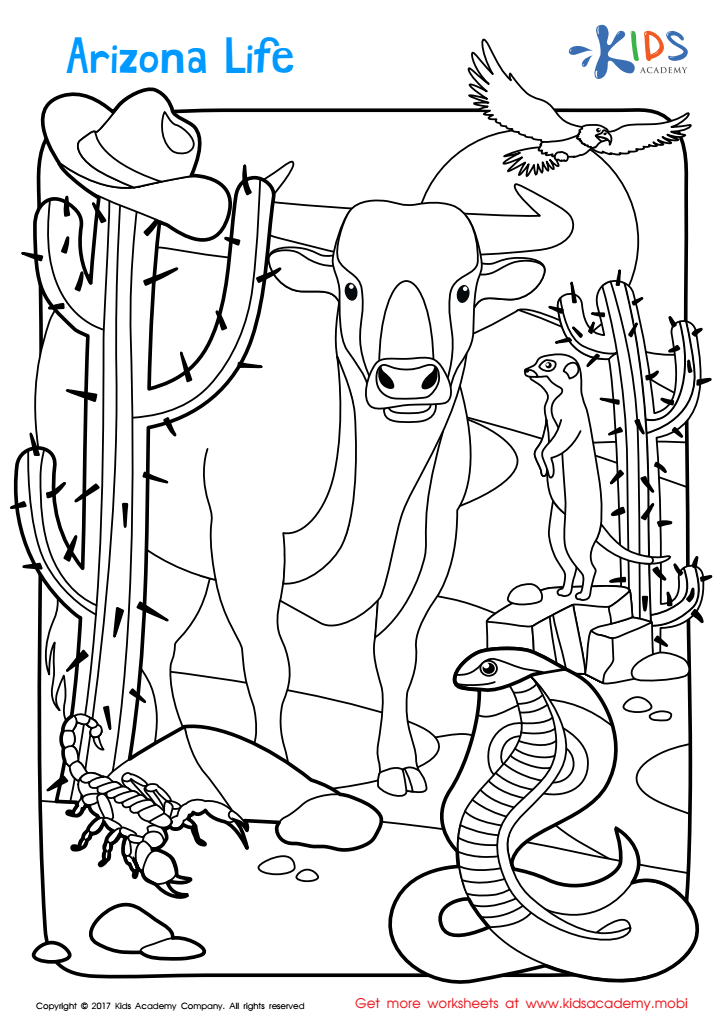

Arizona Coloring Page Worksheet
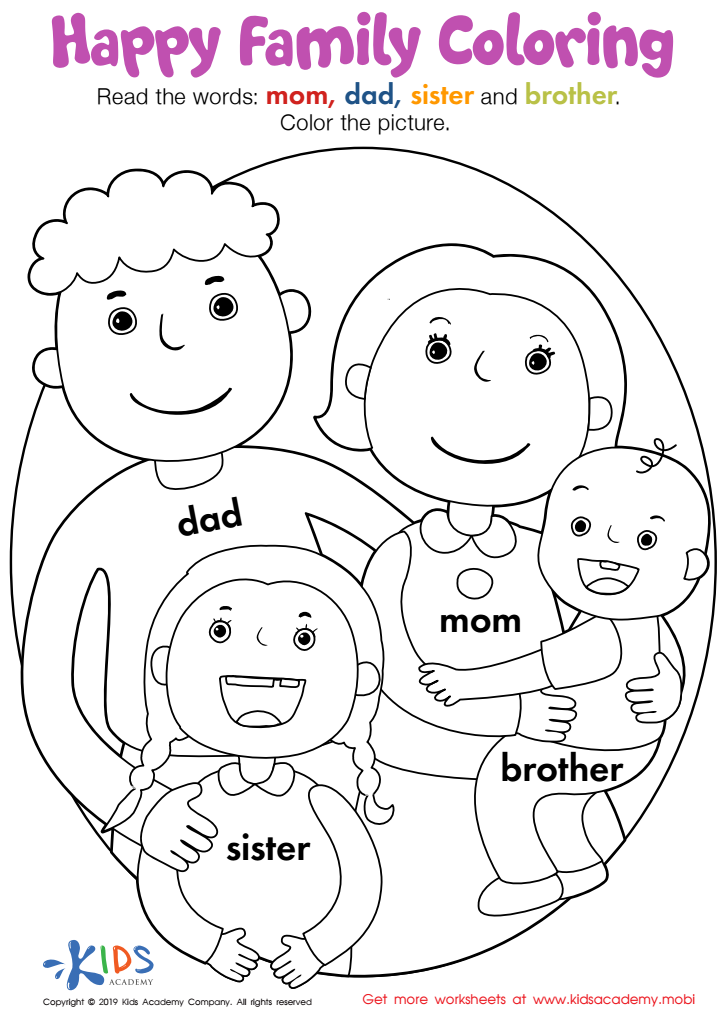

Happy Family Coloring Worksheet
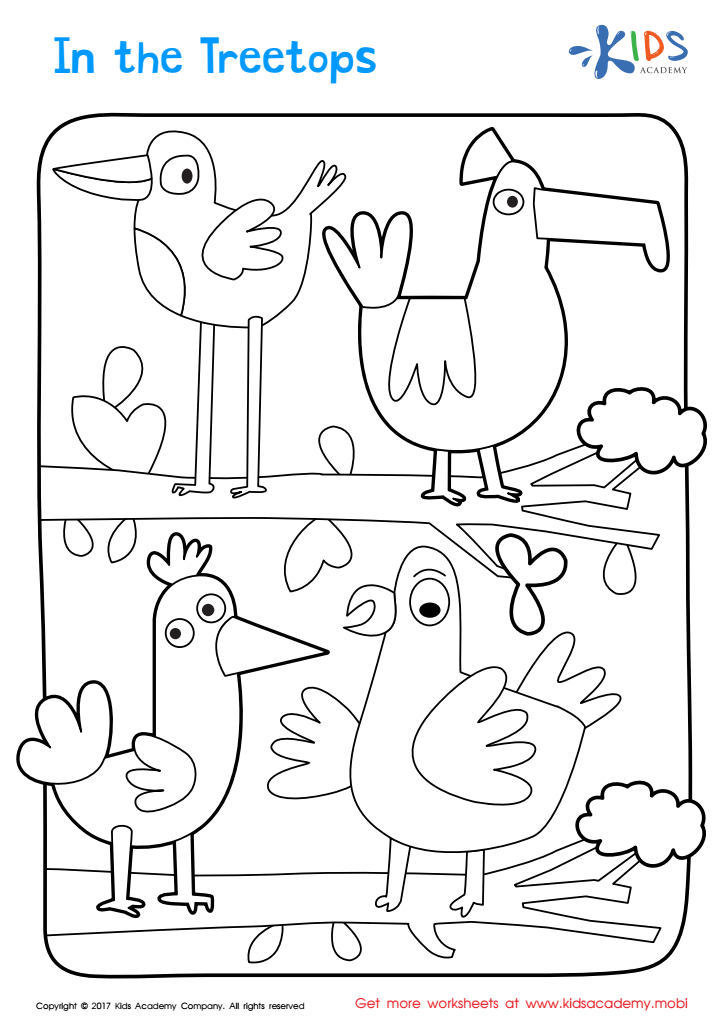

In the Treetops Coloring Page
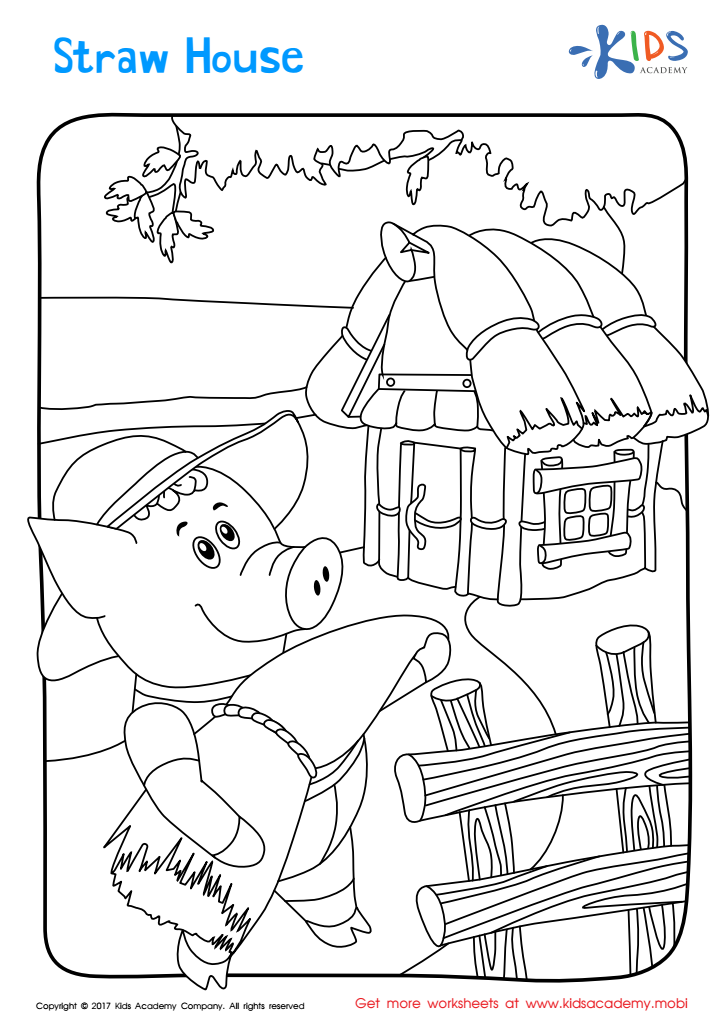

Straw House Printable Coloring Page
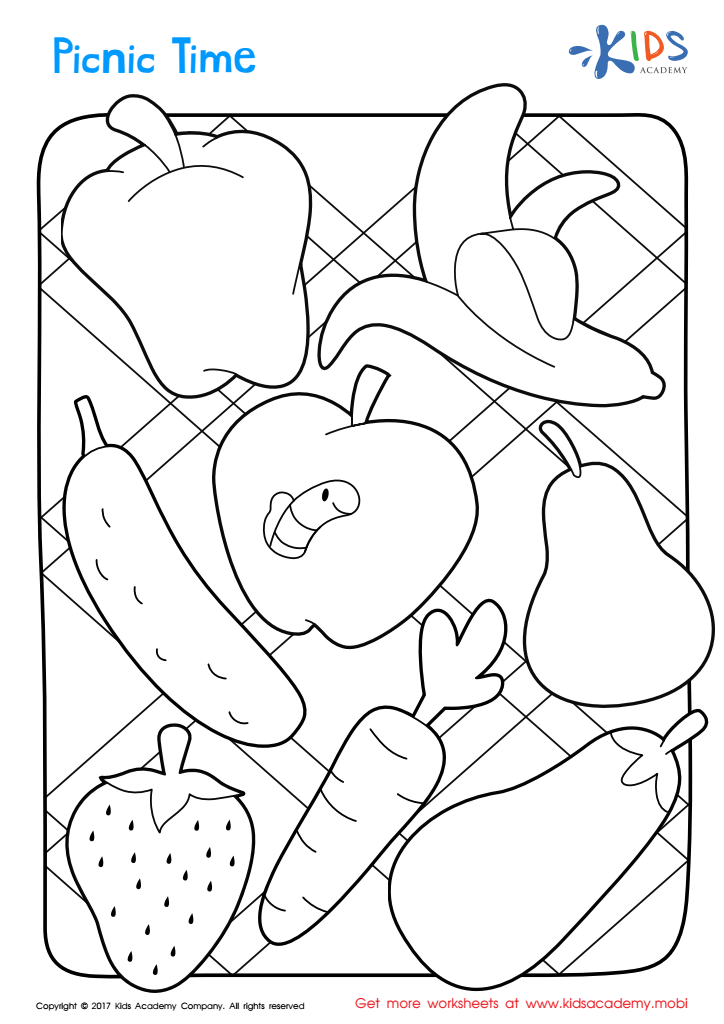

Picnic Time Coloring Page
Color recognition is an important skill for young learners, and parents and teachers should take note of its significance in early academic development, including for students in Grade 3. Understanding colors goes beyond just identifying them; it plays a crucial role in various aspects of a child's growth.
Firstly, color recognition enhances cognitive skills and memory, as children learn to associate colors with specific objects, words, and concepts. This association can improve their categorical thinking and organizational skills. Secondly, colors are an integral part of subjects like mathematics, science, and art. For example, recognizing different colors can help students understand and differentiate between graphs, charts, or scientific illustrations.
From a social and emotional perspective, colors can impact mood and behavior. Understanding colors can help children express their emotions more accurately through art, aiding in emotional development. Additionally, teamwork and group activities often use colors for categorization and organization.
Incorporating color recognition activities in Grade 3 continues to build on the foundation laid in earlier years, ensuring that children can fluently use this essential skill in all facets of their education. Encouraging color-related games, activities, and lessons keeps learning engaging and fun, making complex concepts easier to grasp. Parents and teachers should prioritize color recognition to support holistic developmental learning.
 Assign to My Students
Assign to My Students


